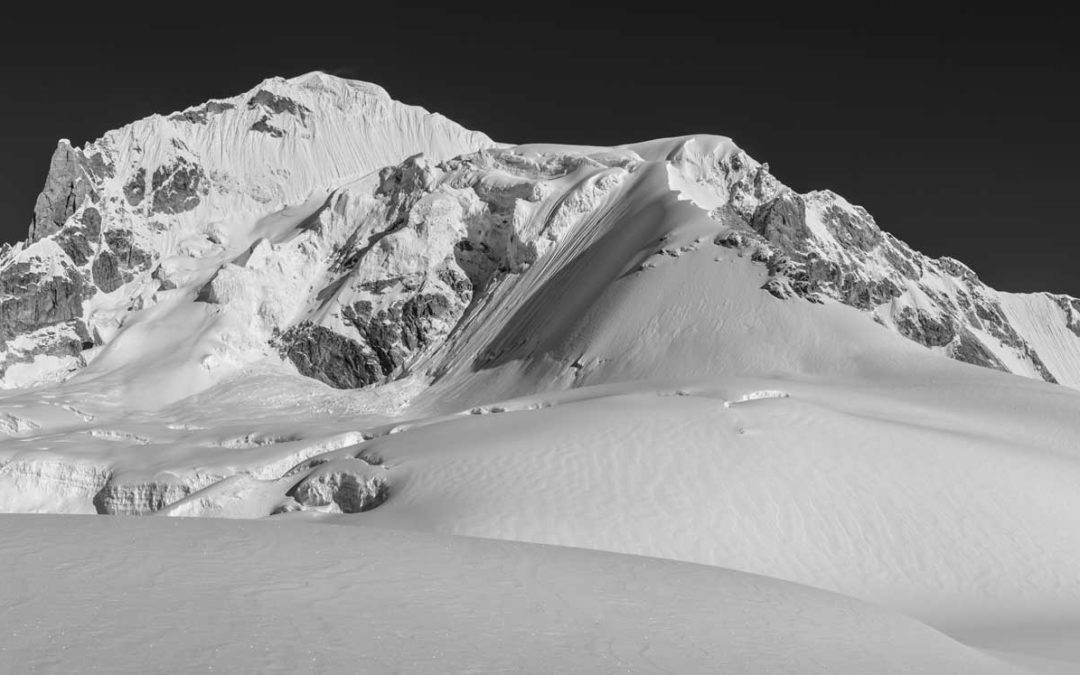Kathmandu, Nepal
April 6, 2009
In previous posts, I have reported on the political situation in Tibet, which resulted in the closure of the North side of Mt. Everest in 2008 and the closure of the North side once again this year. Politics has been in the news in Nepal as well.
On April 11, 2008, while Lori, Amy and I were trekking from Namche Bazaar to Tengboche, there was a national Constituent Assembly Election in Nepal to elect representatives to draft a new Constitution establishing a federal democratic republic. The election process was quite vigorous and heated, drawing international attention and hundreds of election observers from all over the world. One of the reasons for all the heat and interest was that the Maoists Rebels laid down their guns and participated in the electoral process. In a stunning turn of events, the Maoists scored victories by wide margins in many of the Constituent elections and established themselves as the largest party in the 601-member Assembly.
The Constitution has not yet been drafted, but much has happened in Nepal since the election. One of the first acts of the Seven Party Alliance, which includes the Maoists, was to depose the King and ask him to move out of the National Palace in Kathmandu. The King and his family moved out, and the Palace has been turned into a Museum. There are long lines of citizens and tourist waiting to view this national treasure. I have been advised that it is against the law to say the King’s name in public. Last year, there was a lot of political unrest in Kathmandu, including parades and demonstrations, related to the political uprising in Lhasa, the capital of Tibet. Severe restrictions were placed on climbers on the South side of Mt. Everest until the Chinese reached the summit from the North side with the Olympic Torch.
The latest uprising occurred in the last few days and was all over the news yesterday. The principal religions in Nepal are Hinduism and Buddhism. Hinduism is, by far, the predominant religion. The most sacred Hindu Temple in Nepal is located in Kathmandu and is called the Pashputinath Temple. You can see photos of the Temple on my website. The Hindus believe that every practicing Hindu should visit the Temple at least once in their lifetime, and a trip to the Temple is considered the equivalent of a trip to Mecca by Muslims. The Temple is controlled by High Priests who come from Southern India. For over 260-years, the government of Nepal has not interfered with the Priests or the operation of the Temple. This year, on the eve of the annual Hindu Sacred Festival, the Maoists sacked the Priests, claiming that there was rampant corruption at the Temple and that the Temple should be managed by Priests who are Nepalese. The Priests were then replaced with Priests from the same clan as the Prime Minister of Nepal, who is a Maoist.
The backlash from the Hindu community in Nepal and India was immediate and furious because of this unprecedented break with tradition, the lack of proof backing up the allegations of corruption and claims that the real motivation behind the actions of the Maoist related to the fact that Pashputinath is one of the richest temples in Nepal. In the end, the Maoists rescinded their order and reinstated the High Priests. Nevertheless, there is a lot of lingering unhappiness over these events because many Hindus feel that the reputation of the Temple has been severely, and perhaps irreparably, damaged.
Well, now that I have gotten that off my chest, I’ll revert back to reports concerning mountaineering.
Bill
Bill called this morning. They waited at the airport for the weather to clear and eventually all of them were able to make it to Lukla. Since they spent so much time waiting, it was too late when they arrived in Lukla to begin their trek. They will sleep first and begin in the morning. – Sharon

